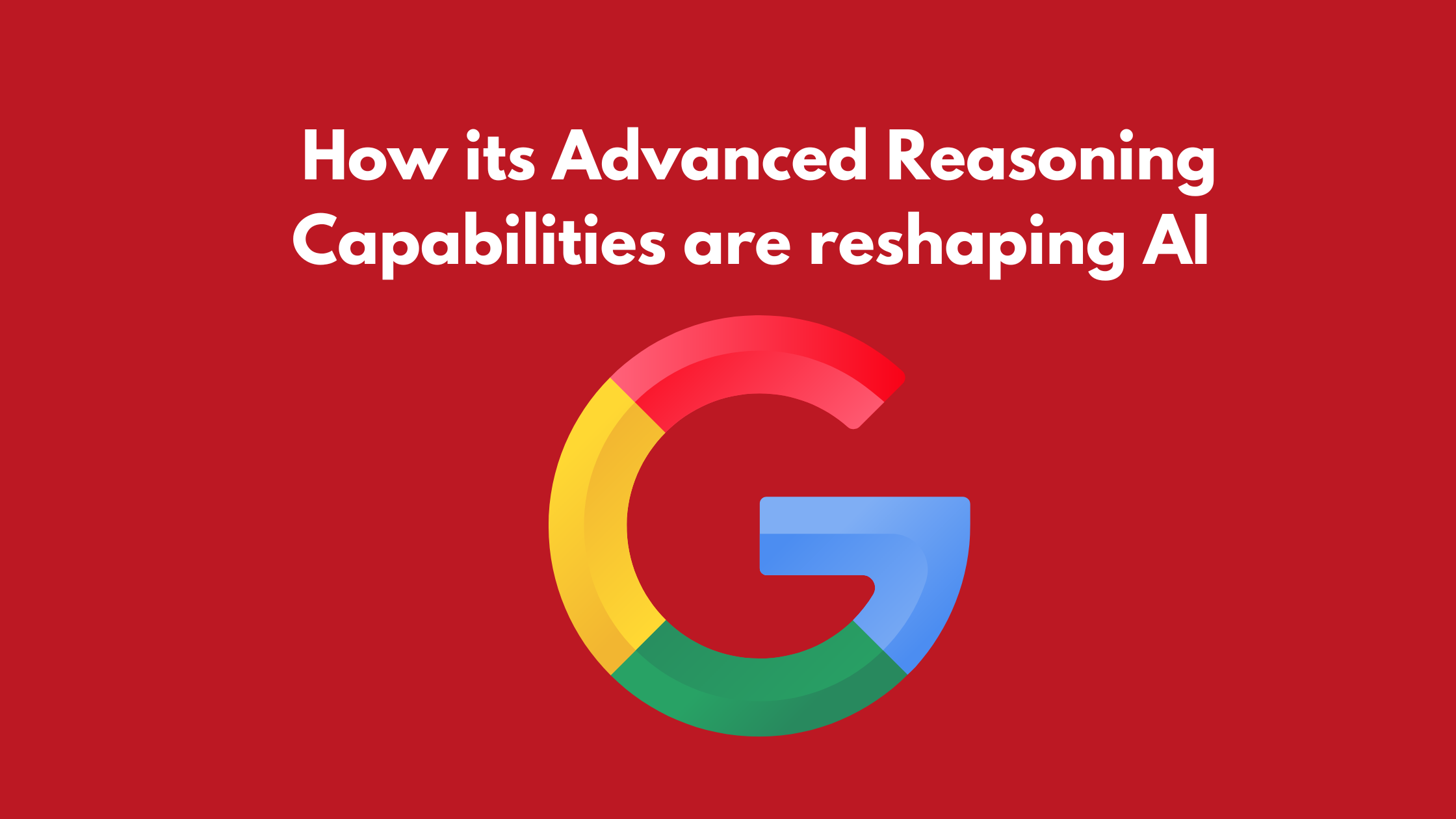.png)
By 2025, mobile-first website development has become the necessity—it's the must-have. With Google's mobile-first indexing and more than 60% of worldwide web traffic originating from mobile devices, businesses have no choice but to focus on mobile-friendly designs if they want to remain competitive. By adopting a mobile-first strategy, one can achieve quicker load speeds, improved SEO ranking, increased engagement, and enhanced user experience. This blog delves into the essential principles, advantages, implementation plans, and upcoming trends for mobile-first websites, enabling businesses to get ahead in the digital game.
Table of Contents
1. Introduction to Mobile-First Development
2. Why Mobile-First Design Matters in 2025
3. Key Principles of Mobile-First Development
4. Benefits of Mobile-First Websites
o Better User Experience
o Higher Search Engine Rankings (SEO Boost)
o Faster Loading Speed
o Increased Conversions and Engagement
o Future-Proofing Your Business
5. How to Implement a Mobile-First Strategy
o Responsive Design and Adaptive Layouts
o Optimizing Website Speed and Performance
o Mobile-Friendly Navigation and UX
o Content Prioritization for Mobile Users
o Testing and Optimization for Various Devices
6. Common Mistakes to Avoid in Mobile-First Development
7. The Future of Mobile-First Websites
8. Conclusion
1. Introduction to Mobile-First Development
With over 60% of global web traffic coming from mobile devices, designing websites for mobile-first is no longer an option—it’s a necessity. Google's mobile-first indexing means search rankings are determined by a website’s mobile version. Websites that are slow, unresponsive, or not optimized for mobile will lose both rankings and customers.
2. Why Mobile-First Design Matters in 2025
Google Favors Mobile-Friendly Sites: If your website is not mobile-friendly, it will not rank.
User Habits Have Changed: Users want quick, frictionless mobile experiences.
Mobile Commerce is Taking Over: More and more users shop through mobile devices.
Voice and AI Searches Are on the Up: Mobile search is more conversational, and websites must comply.
5G and Quicker Speeds: Users want even faster load times and improved performance.
3.Key Principles of Mobile-First Development
Progressive Enhancement: Begin mobile design first, and then scale for bigger screens.
Touch-Friendly Interfaces: Keep buttons, menus, and forms simple to interact with on smaller screens.
Lightweight and Fast-Loading: Compress images, scripts, and content to load faster.
Minimalist and Focused Design: Strip out non-essential items to make it easier to read.
SEO Optimization: Apply structured data, responsive images, and mobile-supporting meta tags.
4.Benefits of Mobile-First Websites
Improved User Experience
Provides seamless navigation and readability across any device.
Improves user interaction and lowers bounce rates.
Improved Search Engine Rankings (SEO Boost)
Google Favors mobile-friendly sites in search rankings.
Mobile-first indexing affects rankings and visibility.
Improved Loading Speed
Optimized sites load faster, enhancing UX and SEO.
Mobile users expect pages to load within 3 seconds.
Improved Conversions and Interaction
Mobile-friendly sites result in increased sales and lead generation.
More customers make purchases when checkout procedures are frictionless.
Future-Proofing Your Business
Mobile-first design evolves with new technologies such as voice search, AI-powered personalization, and AR experiences.\
Future-proof your business by being compatible with future devices and search algorithms.
5. How to Implement a Mobile-First Strategy
Responsive Design and Adaptive Layout
Employ flexible grids and scalable layouts for various screen sizes.
Implement CSS media queries to change the design for varied devices.
Speeding Up Web Performance and Efficiency
Compress images and perform lazy loading.
Employ AMP (Accelerated Mobile Pages) to speed up.
Reduce HTTP requests and optimize codes.
Mobile-Generic Navigation and UX
Emphasize sticky menus and thumb-friendly navigation.
Make forms and CTAs user-friendly and readily accessible on a mobile.
Minimize pop-ups and disruptive advertisements that annoy mobile users.
Mobile User Content Prioritization
Make headlines, descriptions, and CTA buttons short.
Make use of small paragraphs, bullets, and scan-friendly text.
Optimize voice search and chat-based queries.
Testing and Multi-Device Optimization
Employ solutions such as Google's Mobile-Friendly Test and PageSpeed Insights.
Apply A/B testing in order to refine design and increase conversions.
Occasionally verify support for various browsers and screen dimensions.
6. Common Mistakes to Avoid in Mobile-First Development
Ignoring Desktop Users Altogether: Though mobile-first is important, a site should still be functional on desktops.
Overloading with Too Many Unnecessary Features: Simple and usability-focused.
Neglecting Mobile SEO: Index and optimize mobile pages.
Slow Loading Times: Optimize images, minify CSS/JavaScript, and use a CDN.
Poor Mobile Navigation: Intuitive and easy-to-use menus.
7. The Future of Mobile-First Websites
AI-Powered Personalization: Sites will change based on individual user actions.
Voice Search Optimization: Increasing numbers of people will use voice assistants to search.
Progressive Web Apps (PWAs): PWAs will become the new mobile apps.
Augmented Reality (AR) Integration: AR-enabled sites will become increasingly popular.
5G and Instant-Load Sites: Quicker networks will require even faster site loads.
8.Conclusion
A mobile-first website is not merely a matter of satisfying Google's guidelines—it's a matter of providing a faster, better, and more engaging experience for users. Companies that embrace mobile-first approaches will not only remain relevant, but they'll prosper within the changing digital economy.
#mobile view# mobile website development# website# development# website# websites# 2025# trendy# website features# sales# growth# website trendLogixhunt is an IT company that provides cutting-edge services in the fields of website development, software development, and mobile app development. Logixhunt is dedicated to providing quality services to our clients, and helping young college students learn the most in-demand skills in the industry. We offer 3 and 6 months internship programs to college students, so they can stay up to date with the latest trends in the field. Our experienced team of professionals is always ready to help students hone their skills and become the next generation of tech professionals.

.png)
